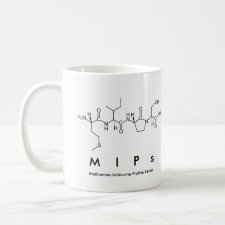
Authors: Yu MM, Li HX, Xie JY, Xu Y, Lu XQ
Article Title: A descriptive and comparative analysis on the adsorption of PPCPs by molecularly imprinted polymers.
Publication date: 2022
Journal: Talanta
Volume: 236
Article Number: 122875.
DOI: 10.1016/j.talanta.2021.122875
Alternative URL: https://www.sciencedirect.com/science/article/pii/S0039914021007967
Abstract: Molecularly imprinted polymers (MIPs) have aroused great attention as a new material for the removal or detection of pharmaceuticals and personal care products (PPCPs). However, it is not clear about the superiority and deficiency of MIPs in the process of removing or detecting PPCPs. Herein, we evaluated the performance of MIPs in the aspects of adsorption capacity, binding affinity, adsorption rate, and compatibility to other techniques, and proposed ways to improve its performance. Without regard to the selectivity of MIPs, for the PPCPs adsorption, MIPs surprisingly did not always perform better than the conventional adsorbents (non-imprinted polymers, biochar, activated carbon and resin), indicating that MIPs should be used where selectivity is crucial, for example recovery of specific PPCPs in an environmental sample extraction process. Compared to the traditional solid-phase extraction for PPCPs detection pretreatment, the usage of MIPs as substitute extraction agents could obtain high selectivity of specific substance, due to the uniformity and effectiveness of the specific sites. A promising development in the future would be to combine other simple and rapid quantitative technologies, such as electro/photochemical sensor and catalytic degradation, to realize rapid and sensitive detection of trace PPCPs
Template and target information: pharmaceuticals and personal care products, PPCPs
Author keywords: molecularly imprinted polymers (MIPs), Pharmaceuticals and personal care products (PPCPs), adsorption



Join the Society for Molecular Imprinting

New items RSS feed
Sign-up for e-mail updates:
Choose between receiving an occasional newsletter or more frequent e-mail alerts.
Click here to go to the sign-up page.
Is your name elemental or peptidic? Enter your name and find out by clicking either of the buttons below!
Other products you may like:
 MIPdatabase
MIPdatabase









